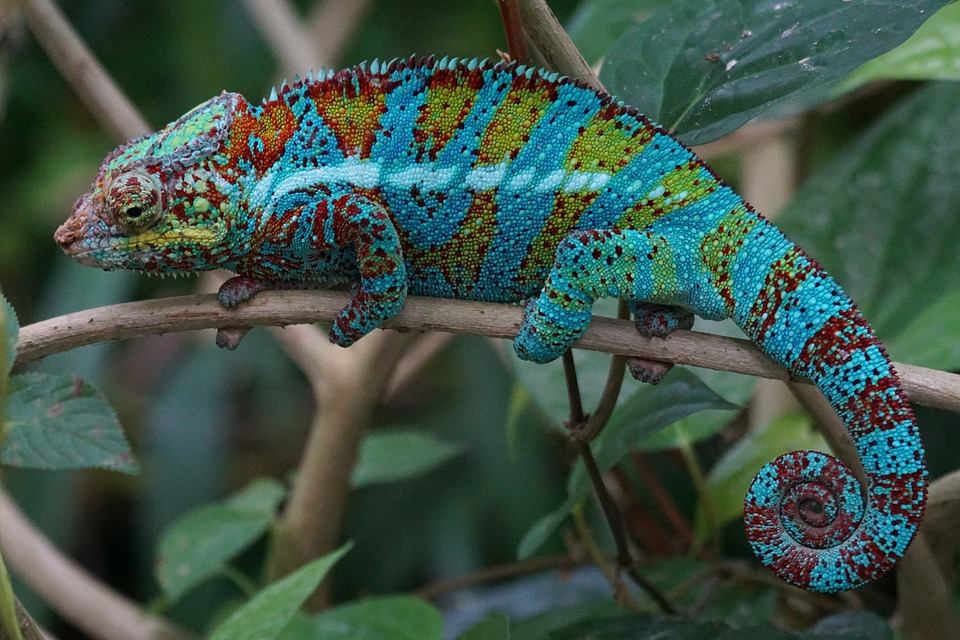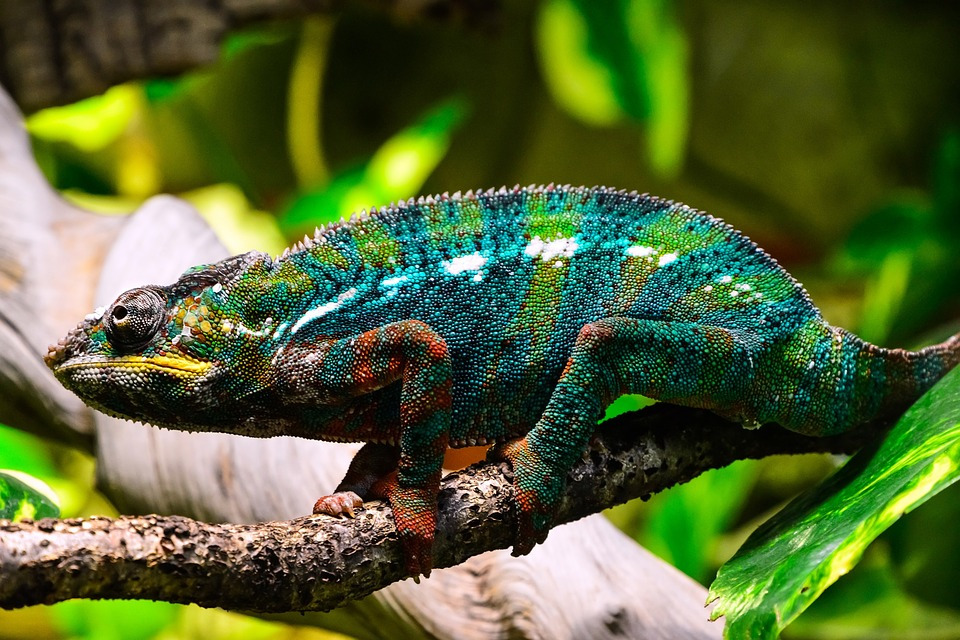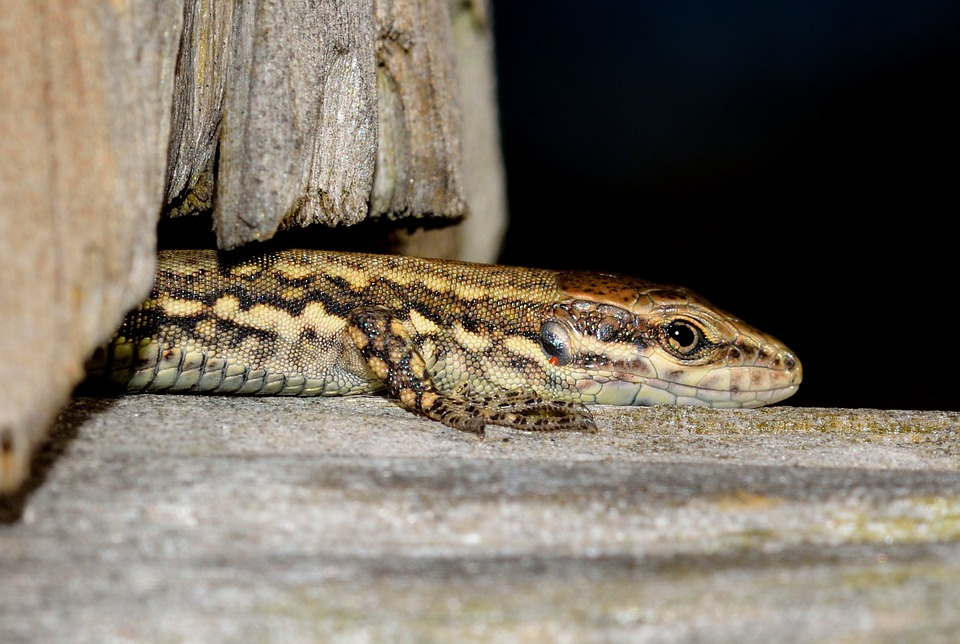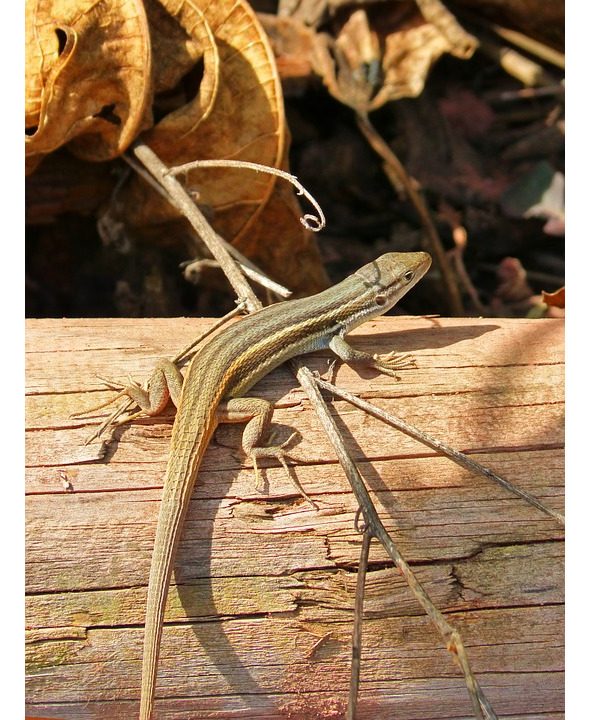
Бесплатный фрагмент - Our Silver Pond
Dedicated to my children
Arcady and Marina,
grandchildrenDaria and Ekaterina
and also sisters Larisa, Natalia and Irina
Chameleon

After I completed my third year in a school, my father allowed me to join him in a geological expedition for the whole summer.
By the end of August, someone brought many good melons to our tent camp. It was a hot noon, the Sun was merciless, no wind at all, no wish to eat at all, but for some reason everybody wanted to taste a good melon.
It did not take long for a small hill of watermelon rind to appear not far from our tent camp. It took even less for multiple insects to learn there was some delicious food around. Lizards started hunting those insects, which lizards like even more, than the insects like watermelon rind.
The most interesting was the lizards, which are also known as chameleons, named so for their ability to change the color of the skin depending on the background.


For example, a chameleon lizard climbed the watermelon rind and its skin became the strip of green, thus making the lizard absolutely unnoticeable. Then it moved a little, a half of the background became red, and so did the half of the lizard’s body: the lizard became half-red.
If we did not trace the lizard’s movements, we would hardly even notice it on the watermelon rind hill. In addition, should there be the minimum danger for a lizard, the lizard immediately ran away to disappear amidst the rare plants burnt by the Sun.
Somehow, a young and quick member of the expedition did catch this amazing lizard. Because the time for lunch was almost over, and the entire team had to take yet another route, the young member, without thinking long, put the chameleon inside his sleeping bag, and zipped its top to leave no space for escape.

Tonight, he totally forgot about his daytime finding, because sunrays exhausted him. He had some dinner and went to sleep, because a new route, the same hard as the previous, was pending for tomorrow. As soon as he got undressed and put his legs into the sleeping bag, something really cold, and even as slippery as a snake, ran on the skin of his leg towards his torso!
Surprised, he raised both legs and hit the foldable bed, on which his sleeping bag was, with full his force. He also cried very loud. Whatever of these two actions broke the bed into pieces, was not so important, because the broken bed collapsed anyway, as we all were running to help. We saw the poor man lying on the floor next to the broken bed.
This helped him to remember the daytime finding, and it also vitalized him for looking for the lizard in his sleeping bag. Apparently, the chameleon, however, was neither stupid, nor slow, it chose not to wait for what might happen next, and it simply ran away to the wild. Our hero got a job for the entire night. He had to repair the broken bed in the light of a pocket lamp.

Belka
When I had my fourth year in a secondary school, Agnes, a girl of my age living not far from me, took a white and furry puppy in theirhouse, yet she did not like to spend time caring about him and feeding him in time. Therefore, the puppy spent most of his time in our yard, and finally we started feeding him. The neighbor had noticed that the dog preferred our yard to theirs, and used her chance to look kind and generous, by saying to us the dog was her present for us.
That was the time, when two Russian dogs already reached the space in a Russian spaceship, and they even came back to Earth safe. Those two lucky dogs were named Belka and Strelka. Because our puppy was white, too, we gave it the same name — Belka.
I saw a TV program about a dog that knew how to count, and I thought I wanted to teach our Belkato do the same. Earlier, I already taught Belka to find me on the scent. In the process of teaching, I used to command “down!” to the dog, while was rubbing myshoes with a piece of a sausage; then I was hiding in some room to order to the dog to look for me.
Belka thoroughly sniffed the floor and followed me. Having found me behind a closed door, or in a wardrobe, Belka started barking very loudly to be rewardedwith the piece of sausage.

Because I already had peculiar skills in training dogs, I decided not to wait with solving the task. I cut out several similar squares of white cardboard, and wrote a corresponding number on each square, from 1 to 9, and also signs of arithmetic operations, i.e. “plus”, “minus” and “equals”.
Next, I found a barely seen spot on the floor and rubbed it with a piece of sausage, and it was only then, would I invite Irina, a girl of my age living next door, to see the performance.
I used the cardboard squares to compose a simple arithmetic task. For example: “two plus three equals”. The square with the number “five” was placed in that specific point on the floor, which only I knew. Other pieces of cardboard with other, irrelevant, numbers were lying around.
Then I called for my dog Belka, which was in another room all the time; then I showed the arithmetic task to the dog, and asked the dog to find the correct solution among the cardboards on the floor. Having thoroughly sniffed around, Belka found the cardboard square with the number “five”, sat down nearby and started barking. Of course, the reward followed.

The neighbor was amazed and applauding, and she asked to do it again with a new task. Then I gathered the cardboard squares again and arranged a new arithmetic task out of them, for example: “nine minus three equals”. The remaining squares with numbers were mixed on the floor in such a manner, that the one with the number “six” appeared on the place that only I knew.
Then I called my dog, and a few moments later there was another spurt of positive, after the dog found the correct solution again. I did not demonstrate the trick more than twice or trice, to prevent the audience from guessing the algorithm. Still, neither other teenagers, normy parents nor other adults were able to explain how I did it, until I told them the secret myself. Then we all were laughing a lot, and Belka saw us in good mood, and was happy, too.
Prairie trophy

One day, my father brought a present for me from a geological expedition — two jerboas and two roundhead lizards.
The lizards were released on the floor, and they saw a small hole near plinth and quickly hid in the newly found shelter. Very rare they went out to eat some pieces of sausage or meat and drink water from the plates prepared for them.
Time to time, when light was switched off in a room, and the TV set was switched on, the lizards were leaving their shelter to stand still. It is still a mystery for me, whether they listened to the sounds of music, which might remind them the buzz of insects they used to hunt for, or the lizards enjoyed the shimmering light of the TV screen, which might remind them the Moon. Desert and prairie dwellers hide from the daylight heat, preferring night hours for hunting.
Jerboas were living similar life. Those lovely species of prairie, being biologically close to hares, are visually in the middle between hares with extremely long ears and very small kangaroos. Although they are very small, they jump high above the ground on their rare limbs, just like kangaroos.
They were not too particular in what they were eating; dry grass and pieces of bread were good for them, provided there was water to drink, too. Jerboas were living in one room, where we closed the door for the night to prevent them from running throughout the entire house during night hours. They were particularly active in the night, and sleeping during the day.
When spring came, and everything around became green and the first flowers appeared, I took both the jerboas and the lizards out of the town with me and let them go.

Pine honey
Today I learnt the grand secret, which I would like to share with you now.
When I were five years old, my grandmother allowed me to play outdoors alone, but there was a condition that I do not go far from my house, and that I play opposite our window, so one could easily see me through this window.
Because I often played alone, I found an interesting entertainment watching small black ants for hours and how they live. There were plenty of them near our house, and they were going from one place to another all the time. Soon I noticed they were moving not chaotically, but rather follow each other via established routes.
I started feeding them with various meals, and watching their collective life even closer. A small ant used to approach a piece of a sweet from meto start touching it from all sides with its small horns, which were always moving. Then the ant approached the sweet even closer and started eating it with the horns moving all the time, as if it was thinking about something.
Having eaten enough, and taken enough along with, the ant left for the anthill. After some time, vast hordes of ants started their raid to the sweet, which was discovered by theirscout, bycolumns. The sweet was finally covered with a ball of ants, which were biting it, piece by piece, until it disappeared. The little workers then delivered the sweet stuff to their ant underground.
Бесплатный фрагмент закончился.
Купите книгу, чтобы продолжить чтение.
